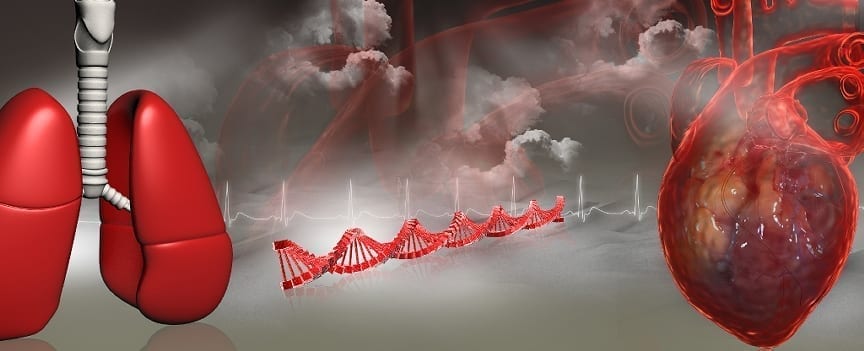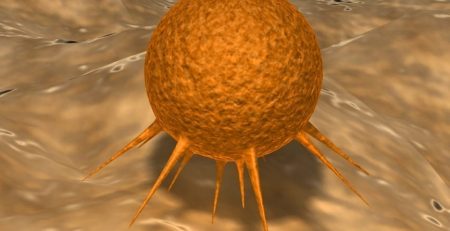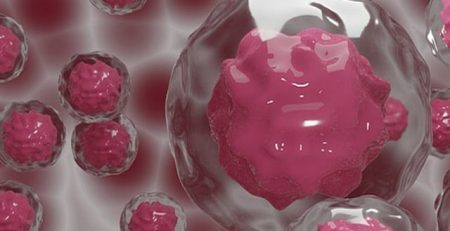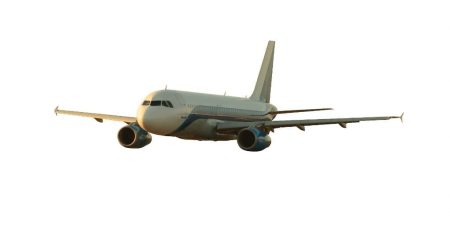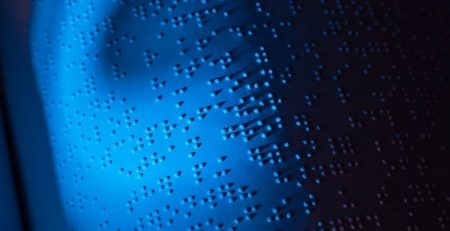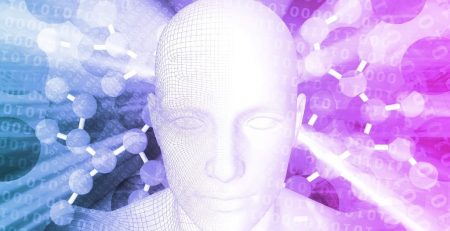Measuring Cellular forces that shape tissues and organs
Otger Campas, assistant professor at UC Santa Barbara, and Donald ingber,director of the Wyss Institute for Biologically Inspired Engineering at Harvard, have come up with a new procedure for measuring the cellular forces that shape tissues and organs. Within 3D space, embryonic tissues and organs are molded by cells. Cells connect consistently in order to keep their actions in line and have their environment configured into complex tissue morphologies by specialized forces. Prior to this new method, it had been impossible to view cell’s forces generating. This has been evaluated for a while as biologist studied the connection of cells during this procedure. This new method that measures the autogenetic forces that cells use during this process while constructing tissues and organs can shed light on unanswered questions as well as contribute new tools for medicine. Patterns of the cellular forces that mold the embryonic structure in fish and chicken are currently being explored by this droplet technique. “There is a lot of interest in understanding how genetics and mechanics interplay to shape embryonic tissues,” claimed Campàs. “I believe this technique will help many scientists explore the role that mechanical forces play in morphogenesis and, more generally, in biology.”
Cultures isolate their cells from their natural environment by using soft gel substrates and gel matrices. This has allowed researchers to measure the friction forces of these cells actively in a petri dish. There has been no connection to the new method and how it affects cell behavior in their natural environment. “In general, cells behave in a different way inside an embryo than in a dish,” Campàs exclaimed. “Some behaviors may be similar, but many others are not. Depending on the environment, cells respond in a variety of ways”, he advised.
“It has not been possible to demonstrate a direct causal relationship between mechanics and behavior in vivo because we previously had no way to directly quantify force levels at specific locations in 3D living tissues,” said Donald Ingber, director of the Wyss Institute for Biologically Inspired Engineering at Harvard. “This method now allows us to make these measurements, and I hope it will bring mechanobiology to a new level.”These diminutive forces are measured by using flour-based oil droplets. As soon as it’s maintained and with stabilized surface tension, the droplet’s exterior chemistry is altered for the adhesion of living cells. Over lookers can view it’s shape because it’s also fluorescently labeled. Cell’s disfigure an oil droplets by pushing and pulling on it, Which also gives a absolute identification of the forces they use. This method allows it to be possible to measure cellular forces in distinct conditions. 3D cellular aggregates are a prime example of this.
“Understanding how cells shape embryonic structures requires measuring the patterns of cellular forces while the structure is being built,” said Campàs. “If you take the cells out of the embryo and put them in a dish, you don’t have the tissue or organ structure anymore.”The information learned by examining the behavior of growing cells as they age could lead to further information connecting to even more conditions such as birth defects, tumor growth, and metastasis. It also sheds light on diseases affected by cells during this process.“Examples include hyper contractility in airway smooth muscle cells in asthma; vascular smooth muscle cells in hypertension; intestinal smooth muscle in irritable bowel disease; skin connective tissue cells in contractures and scars, etc. as well as low contractility in heart muscle cells in heart failure, and so on,” said Ingber.




